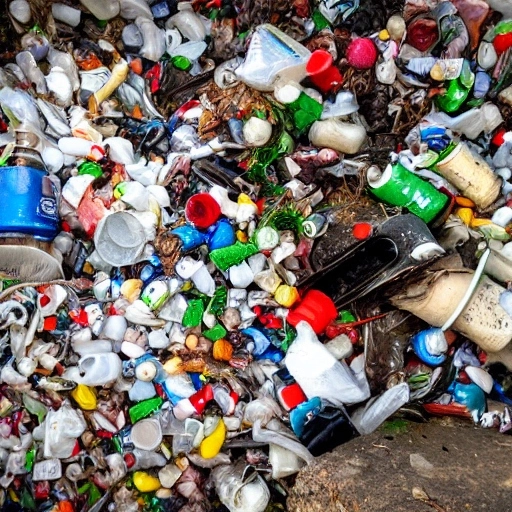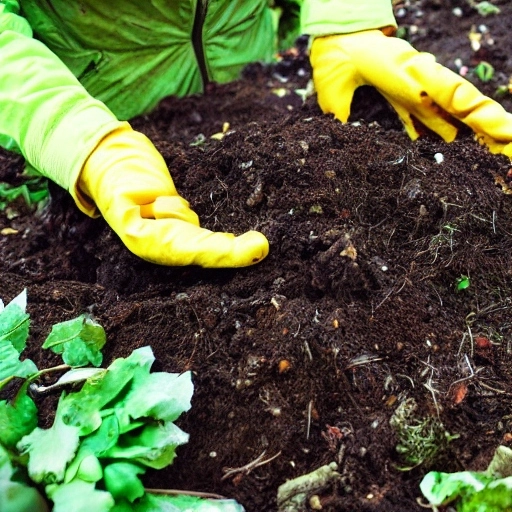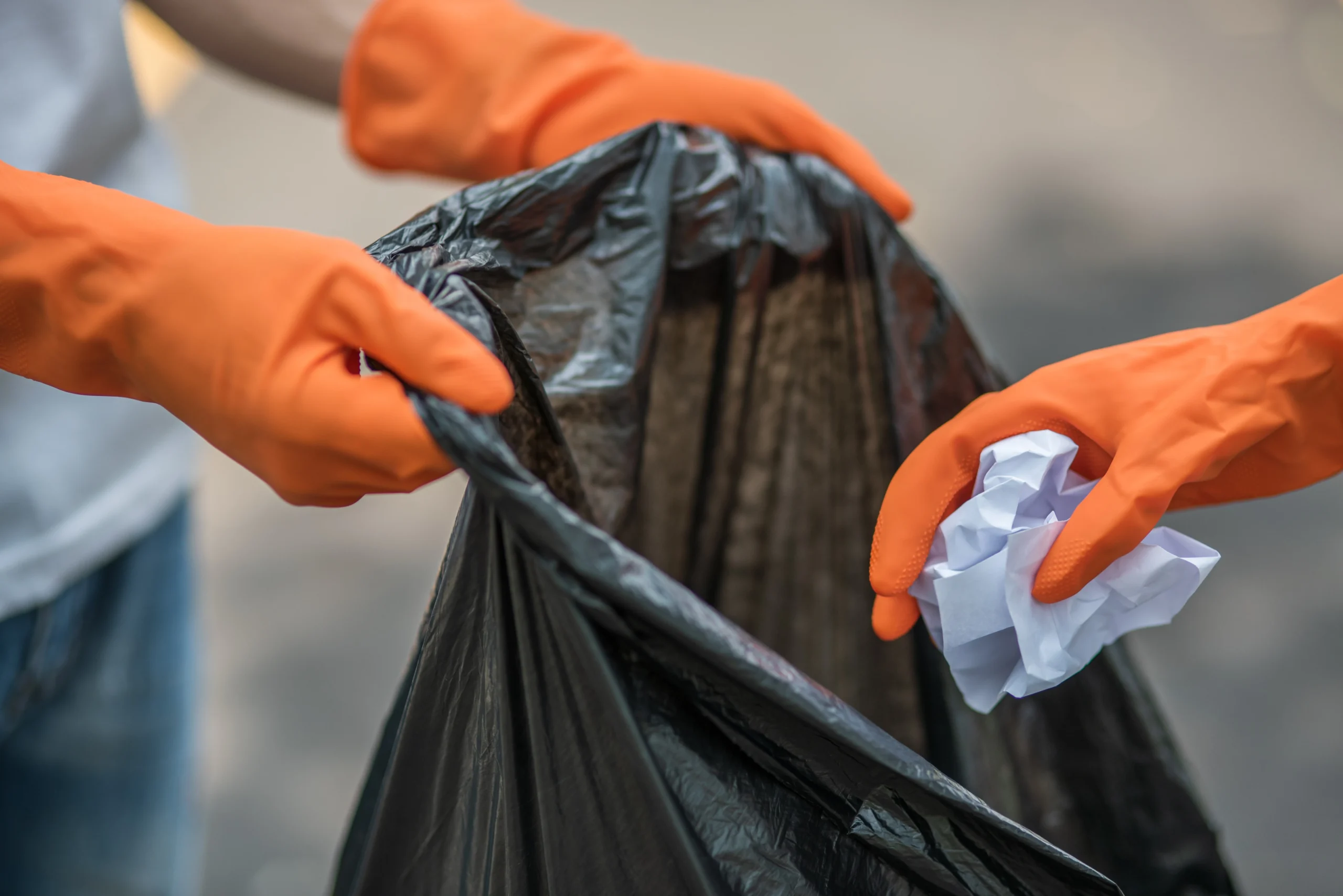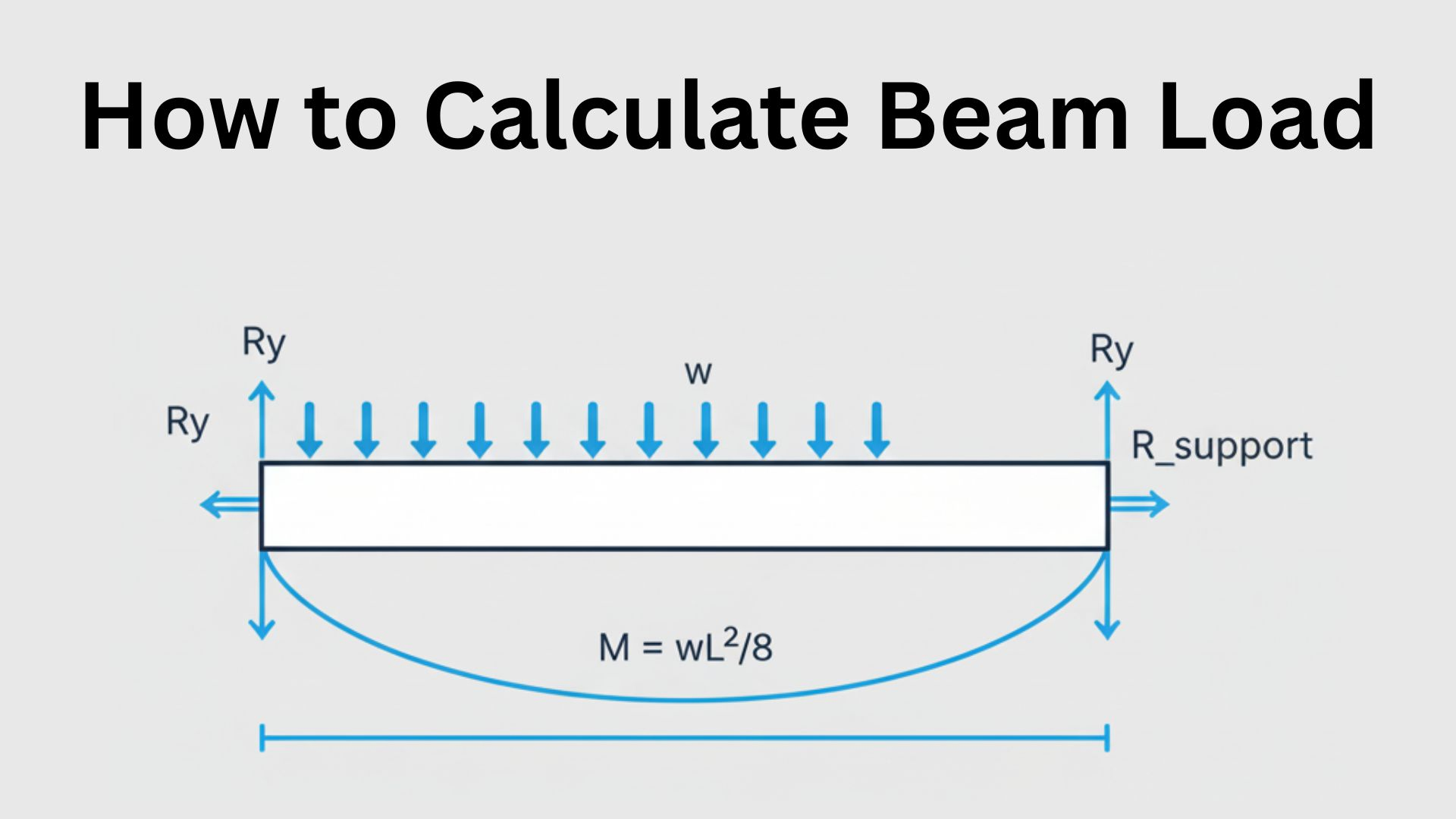How we dispose of our waste is becoming an increasingly important issue. With the world population growing, and more and more people living in urban areas, the amount of waste we produce is only going to increase.
The US Environmental Protection Agency estimates that 292.4 million tons of MSW were generated in the USA in 2018.
It was estimated that 69.0 million tons of MSW were recycled and 24.9 million tons were composted. Other methods were used to manage 17.7 million tons of food.
A total of 34.6 million tons of MSW were combusted with energy recovery, while 146.2 million tons were sent to landfills.
We must learn how to properly dispose of waste to reduce the burden on the MSW system and environment.
In this blog post, we’ll be taking a step-by-step look at how to dispose of waste properly.
We’ll cover what types of waste can be recycled, composted or thrown away, and the benefits of each method. We’ll also touch on the consequences of improper waste disposal.
So, whether you’re looking to do your part for the environment, or just want to make sure you’re disposing of your waste correctly, this guide is for you!
How to Dispose of Waste Properly – A Step-by-Step Guide.
Step One: Recycle
The first step to proper waste disposal is recycling. Recycling conserves resources and reduces pollution.
There are many things that can be recycled, including paper, plastic, glass, metal, and electronics.
To recycle, simply separate your waste into different categories and take it to the appropriate recycling center.
Some recycling centers even offer pick-up services for large loads of recyclables.
Step Two: Incinerate
The second step to proper waste disposal is incineration. Incineration reduces the volume of waste by 90-95%, making it a very effective way to dispose of waste.
Incineration also produces energy that can be used to power homes and businesses.
To incinerate waste, simply put it in an incinerator and turn it on.
Incinerators must be operated by trained professionals, so be sure to follow all safety instructions when using one.
Step Three: Landfill
The third and final step to proper waste disposal is landfill. Landfills are sites where garbage is buried under the ground.
Landfills are tightly regulated to prevent pollution from leaching into the groundwater.
To dispose of waste in a landfill, simply take it to the nearest landfill site and bury it.
Be sure to check with the landfill before disposing of any hazardous materials.
Also Read – Surveying: Definition, Principles, Types, Instruments, Methods
The most important things to know about waste disposal.
What waste can be recycled?

The first step in recycling is to separate your waste into different categories:
The first step to proper waste disposal is understanding what can be recycled, composted, and thrown away.
Not all materials can be recycled, and some materials can only be recycled if they are clean and free of contaminants.
The following are common items that can be recycled:
Aluminum cans: Rinse out food or drink residue and recycle with your local recycling program.
Glass bottles and jars: Remove lids and recycle with your local recycling program.
Paper: Recycle newspapers, magazines, office paper, cardboard, and paperboard with your local recycling program.
Plastics: Most plastics can be recycled through your local recycling program. Check the labels on plastic containers to see if they are accepted by your local program.
The following items should not be placed in your recycling bin:
Pizza boxes: These are often coated with grease or cheese which contaminates other recyclables. Throw pizza boxes in the trash.
Light bulbs: Dispose of CFLs (compact fluorescent lightbulbs) and other fluorescent bulbs at a hazardous waste facility or event. Do not put these in the trash or recycling bin.
Once you have sorted your waste, you need to find the nearest recycling center that accepts the type of material you want to recycle.
For example, most grocery stores have a bin for plastic bottles and cans.
You can also check with your local government to see what types of recycling programs are available in your area.
Some communities have weekly curbside pick-up, while others have drop-off centers where you can take your recyclables.
In some cases, you might even be able to recycle certain items through the mail.
What waste should be composted?

Composting is a great way to reduce the amount of waste that goes into landfills.
Composting is the process of breaking down organic matter, such as food scraps and yard waste, into a rich soil amendment.
It helps enrich the soil, which is beneficial for plants and gardens.
To compost, you need to set up a bin where you will store your organic waste (food scraps, coffee grounds, eggshells, etc.).
You can buy a special compost bin or make one yourself out of an old garbage can with holes drilled in the bottom for drainage.
Once you have your bin set up, it’s important to add a layer of brown materials (leaves, twigs, straw) and a layer of green materials (grass clippings, vegetable scraps) alternately until the bin is full.
Then, simply let nature do its thing! The decomposing materials will create rich compost that you can use in your garden or yard.
The following items can be composted:
Fruits and vegetables: Any fruit or vegetable scraps can be composted, including peels, cores, and seeds.
Coffee grounds and filters: Used coffee grounds make excellent compost. Tea bags can also be composted.
Eggshells: Eggshells take a long time to break down, so it’s best to crush them before adding them to the compost pile.
Yard waste: Grass clippings, leaves, and twigs can all be composted.
The following items should not be placed in your compost bin:
Meat and bones: These attract animals and will produce an unpleasant odor as they decompose.
Dairy products: Cheese, milk, and yogurt will attract animals and produce an unpleasant odor as they decompose.
Synthetic materials: Plastics, metals, and glass do not break down in the composting process.
What waste should be thrown away?
There are some items that cannot be recycled or composted and must be thrown away in the trash.
The following items should never be recycled or composted:
Hazardous materials: This includes any materials that are flammable, corrosive, or toxic. Examples include paint cans, cleaning chemicals, motor oil, batteries, etc.
Electronic waste: This includes any broken or outdated electronics such as computers, printers, TVs, cell phones, etc. Most communities have special events or drop-off locations for electronic waste.
Packaging – Food wrappers and packaging made from foil or plastic film. Styrofoam cups and packing peanuts
Dirty diapers
While it might seem like these items could just go into the recycling bin or compost pile, they actually cause problems for recycling facilities and municipal composting operations.
That’s why it’s important to know what types of waste should be thrown away in the trash so that we can keep these facilities running smoothly and prevent pollution from happening.
Also read – How to Minimize Wastage in Construction and save money?
The steps to proper waste disposal.
Separating waste into different categories
The first step in proper waste disposal is to separate the waste into different categories.
There are four main categories of waste: recyclable, compostable, non-recyclable/non-compostable, and hazardous.
Recyclable waste includes items that can be recycled such as paper, plastic, and glass.
Compostable waste includes organic material that can be broken down by bacteria or other organisms to create compost.
Non-recyclable/non-compostable waste includes materials that cannot be recycled or composted such as Styrofoam or single-use coffee cups.
Hazardous waste includes materials that are poisonous, flammable, or corrosive.
Finding the right place to dispose of each type of waste
Once the waste has been sorted into different categories, it is important to find the right place to dispose of each type of waste.
Recyclable materials should be taken to a recycling center or put in a recycling bin.
Compostable materials can be added to a compost pile or bin.
Hazardous materials should be taken to a hazardous waste facility for disposal.
Non-recyclable/non-compostable materials should be taken to the landfill.
Following any special instructions for waste disposal
Some types of waste require special instructions for disposal due to their toxicity or other dangers they pose.
Household hazardous waste such as cleaners, oils, pesticides, and batteries should never be thrown in the trash but instead brought to a local hazardous waste facility for proper disposal.
Medical wastes such as needles and syringes should also never be thrown in the trash but disposed of in a sharp container.
Other items such as electronics and Mattresses may have specific instructions depending on your location so it is important to check with your local solid Waste Management department before disposing of them.
Following these steps will ensure that your waste is disposed of properly and does not end up in the environment where it can cause pollution.
Proper waste disposal is important for protecting the environment and conserving resources.
The benefits of proper waste disposal.
Recycling conserves resources
Recycling is one of the most effective ways to conserve resources.
Every time we recycle, we’re keeping materials out of the landfill and preventing them from being ‘lost’ forever.
In addition, recycling reduces the need to mine new materials, which can help preserve our natural resources.
Composting enriches the soil
Composting is another great way to reduce waste and help the environment. When we compost organic waste, we’re helping to create a rich, nutrient-dense soil that’s perfect for gardening and agriculture.
This not only benefits the plants and crops that grow in this soil, but it also helps to offset the carbon footprint of traditional farming methods.
Throwing away waste properly prevents pollution
When we dispose of our waste properly, we’re preventing it from polluting our air, water, and land.
This is especially important for hazardous materials, like chemicals and electronic waste, which can be extremely harmful if not disposed of correctly.
By following the proper steps for disposal, we can safeguard our environment from these harmful pollutants.
The Consequences of Improper Waste Disposal.
Improper waste disposal can lead to pollution.
This, in turn, can lead to a number of health problems for both humans and animals.
For example, if toxic chemicals are not disposed of properly, they can leach into the soil and contaminate water supplies.
This can cause a number of health problems, including cancer, birth defects, and neurological damage.
The best way to prevent these problems is to properly dispose of all waste. This includes both hazardous and non-hazardous materials.
Hazardous materials should be disposed of at a designated facility, such as a landfill or incinerator.
Non-hazardous materials can be disposed of in a number of ways, including recycling, composting, or simply throwing them away.
Improper waste disposal can lead to the spread of disease.
Diseases can spread through improper waste disposal in a number of ways. If hazardous materials are disposed of in a way that allows them to come into contact with people or animals, they can cause serious health problems.
Additionally, if non-hazardous materials are not disposed of properly, they can attract vermin that can spread disease.
Finally, if waste is not disposed of in a sanitary manner, it can contaminate water supplies and lead to the spread of disease.
The best way to avoid these problems is to dispose of waste properly. This means using the proper receptacles for each type of waste and making sure these receptacles are properly labeled.
It also means ensuring that these receptacles are emptied on a regular basis.
Improper waste disposal can impact the environment and wildlife.
Littering and improper waste disposal can have a negative impact on the environment. When litter enters the environment, it can cause pollution and harm wildlife. Litter can also clog drains and sewers, which can lead to flooding.
Improper waste disposal can also contaminate soil and water, which can impact plant growth and the food chain. Additionally, it can release harmful chemicals into the air, which can cause respiratory problems in humans and animals.
In order to protect the environment, it is important to dispose of litter properly and to recycle or reuse materials when possible.
Conclusion
If we want to protect our environment, it is important to dispose of waste properly.
By recycling, composting, and throwing away waste in the right way, we can help to conserve resources, enrich the soil, and prevent pollution.
Improper waste disposal can have serious consequences for the planet, so it is important that we all do our part to dispose of waste correctly.
The first step to proper waste disposal is to figure out what can be recycled and what can’t. Not all materials can be recycled, so it’s important to check with your local recycling center to see what they accept.
You can also compost organic waste such as food scraps and yard waste. Composting is a great way to reduce methane emissions and help fertilize the soil.
Finally, make sure to properly dispose of any hazardous materials such as batteries, oil, or paint. Hazardous materials should never be thrown into the trash.
By understanding what can be recycled, composted, and thrown away, you can help reduce the amount of waste that ends up in landfills.
By following these simple tips, we can all do our part to reduce our impact on the planet.


